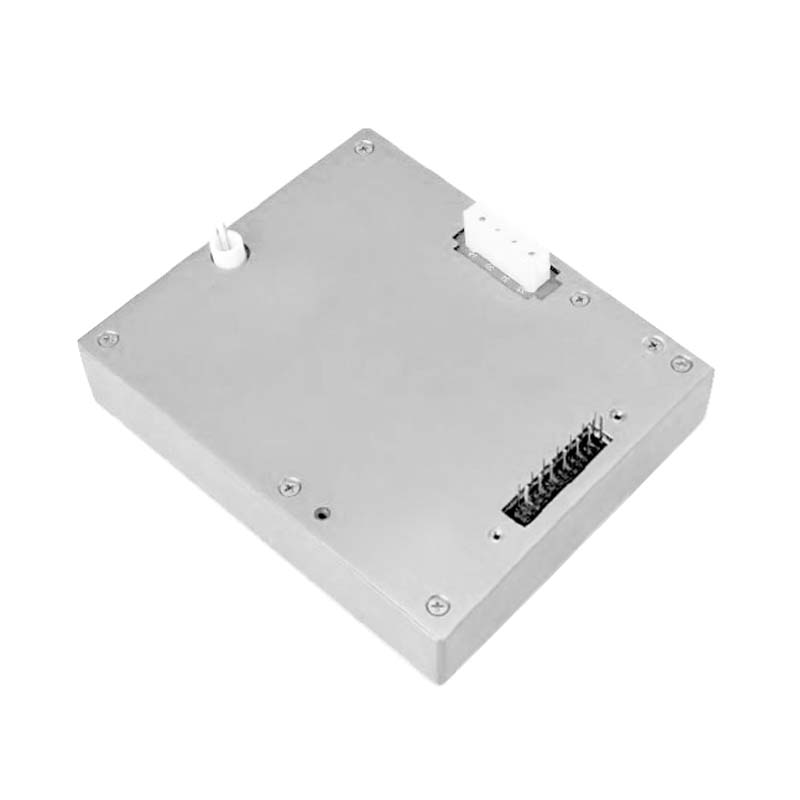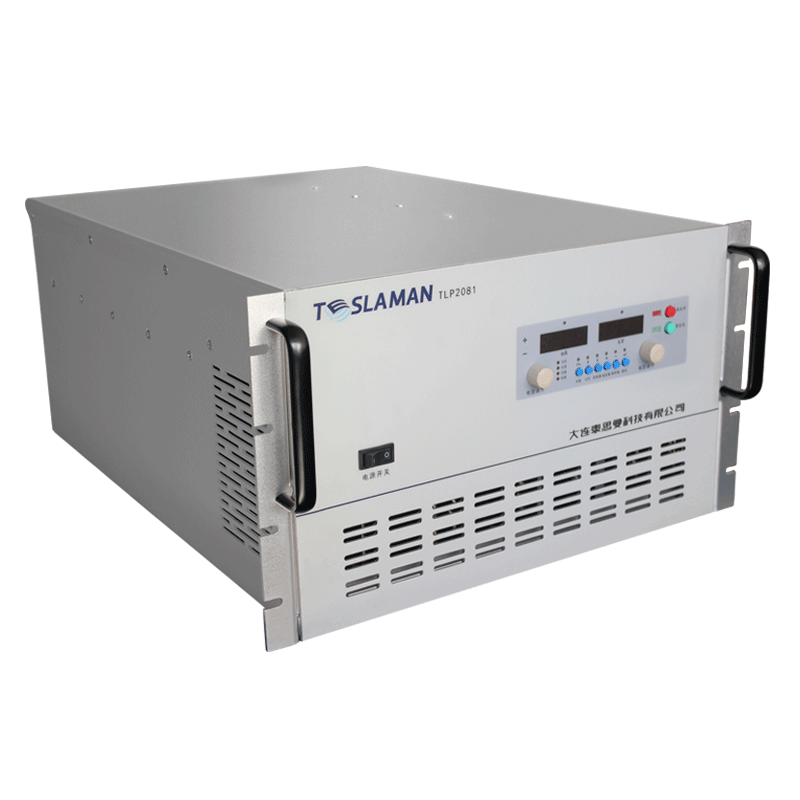Research Directions of Precision High-Voltage Regulated Power Supplies
1. Introduction
Precision high-voltage regulated power supplies serve as core components for high-end electronic equipment, playing a critical role in medical imaging devices (e.g., CT/MRI), semiconductor manufacturing (ion implanters), scientific instruments (particle accelerators), and new energy fields. Their technological development has always centered on the goals of high precision, high stability, and high integration. With the increasing performance requirements of application scenarios, research and development are now trending toward multi-dimensional technological breakthroughs and cross-disciplinary integration.
2. Analysis of Core Research Directions
(1) Topological Innovation and Efficiency Optimization
Traditional series voltage-stabilizing topologies face significant efficiency bottlenecks in high-voltage scenarios due to power device losses. New research focuses on:
High-frequency resonant topologies: By adopting LLC (L-L-C) resonant circuits and phase-shift control technology, zero-voltage/zero-current switching (ZVS/ZCS) of switching devices is achieved, increasing efficiency to over 95% while reducing electromagnetic interference (EMI). This technology has achieved a power density breakthrough of 20W/in³ in high-voltage power supplies above 10kV.
Cascaded multilevel topologies: Using modular design, multiple low-voltage DC-DC units are connected in series, and voltage balancing control is employed to achieve high-voltage output. This structure avoids single-device voltage withstand limitations and reduces output ripple to below 0.01%FS using carrier phase-shifting technology.
(2) Application of Wide-Bandgap Semiconductor Materials
The introduction of third-generation semiconductor materials (SiC, GaN) has driven technological innovation:
SiC MOSFET and JBS diodes: With a breakdown field strength 10 times that of Si devices and low on-resistance (<10mΩ), the switching frequency can be increased to above 1MHz, reducing power supply volume by 40%. In 30kV medical power supplies, power modules using SiC devices have a temperature rise reduced by 25K.
High-frequency driving technology for GaN HEMT: Leveraging its sub-nanosecond switching speed and adaptive driving circuits, nanosecond-level transient response is achieved, meeting the demand for pulsed high voltage (rise time <100ns) in semiconductor equipment.
(3) Intelligent Control and Digital Integration
Adaptive digital PID control: Combined with model predictive control (MPC) algorithms, PI parameters are optimized in real-time, shortening the voltage stabilization time to within 50μs during load transients (0-100%). Some research introduces neural network algorithms to achieve pre-compensation under non-linear loads through historical data training.
System-on-Chip (SoC) integration: PWM controllers, ADCs, and communication interfaces are integrated into a single chip (e.g., ARM Cortex-M4 core), and customized logic is implemented through hardware description languages (Verilog), reducing control loop delay to below 100ns.
(4) Miniaturization and Reliability Design
3D integration technology: Using multi-layer PCB stacking and three-dimensional transformer design, high-voltage capacitor arrays are embedded in the circuit board夹层, reducing the volume of a 1kV/100W power module to 1/3 of traditional solutions.
Fully sealed potting process: High thermal conductivity epoxy resin (thermal conductivity >3W/m·K) is used to fill the cavity, combined with vacuum impregnation technology, ensuring stable parameters of the power supply within the temperature range of -40℃ to 125℃, meeting the requirements of high-reliability scenarios such as aerospace.
3. Exploration of Cutting-Edge Technologies
Ultra-high-frequency soft switching technology: Based on substrate integrated waveguide (SIW) resonant cavities, zero-voltage switching of full-bridge topologies is achieved in the 10MHz frequency band, providing stable high voltage for ultra-high-frequency equipment such as THz spectrometers.
Energy recovery topologies: In scenarios like electrostatic precipitators and mass spectrometers, bidirectional DC-DC circuits recover released energy to energy storage capacitors, increasing energy utilization by more than 30%.
4. Conclusion
The research and development of precision high-voltage regulated power supplies are advancing along the triangular optimization path of efficiency-volume-intelligence, with the collaboration of material innovation and topological innovation, as well as the integration of digital control and physical design, becoming the core of technological breakthroughs. In the future, with the development of fields such as quantum computing and new energy nuclear fusion, high-voltage power supplies will move toward extreme performance of terahertz-level response and picosecond-level stability.




















